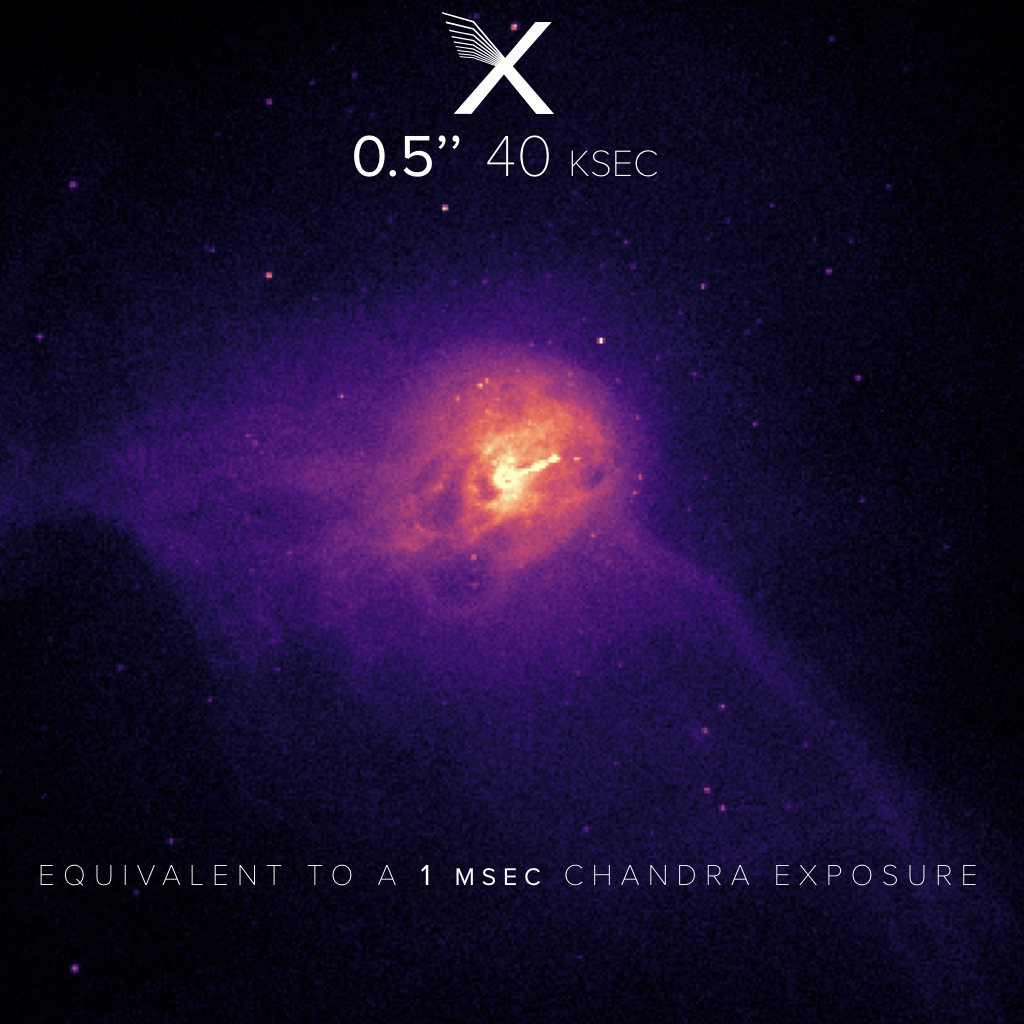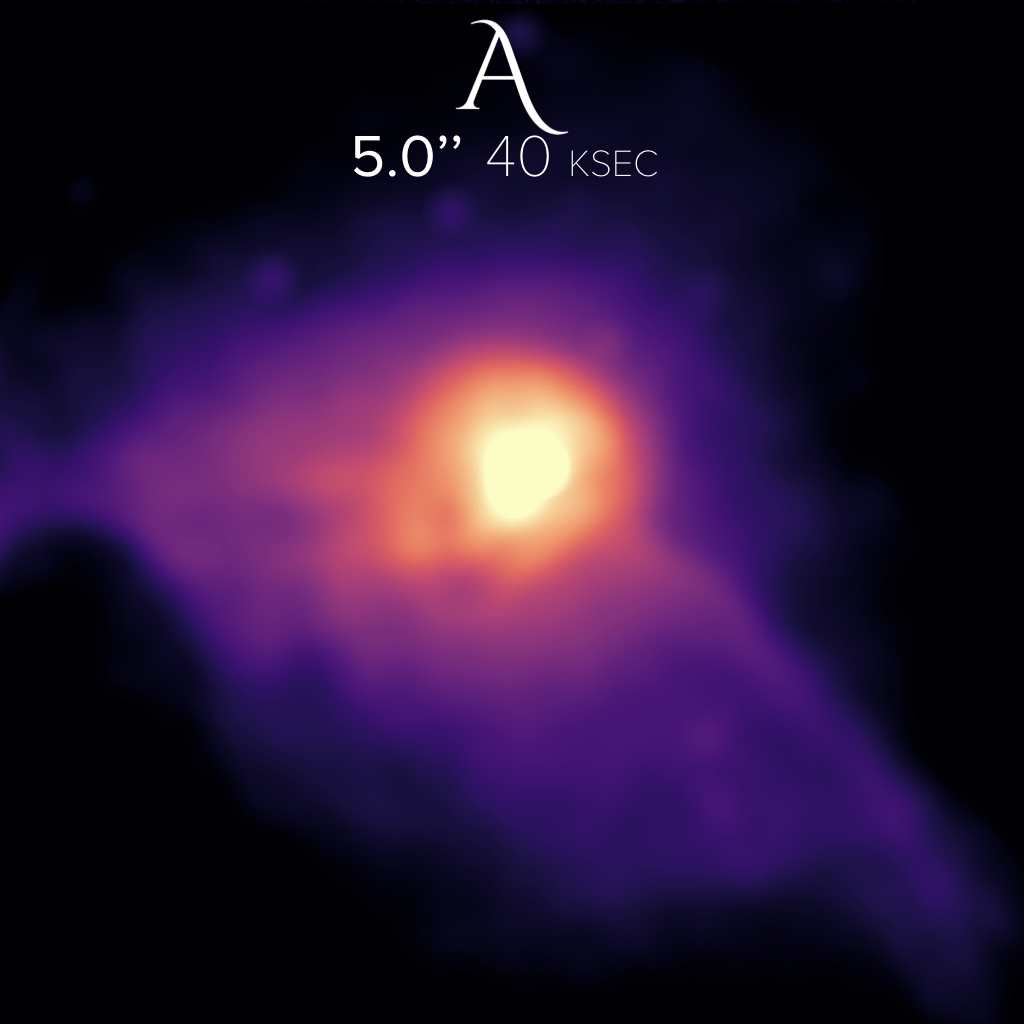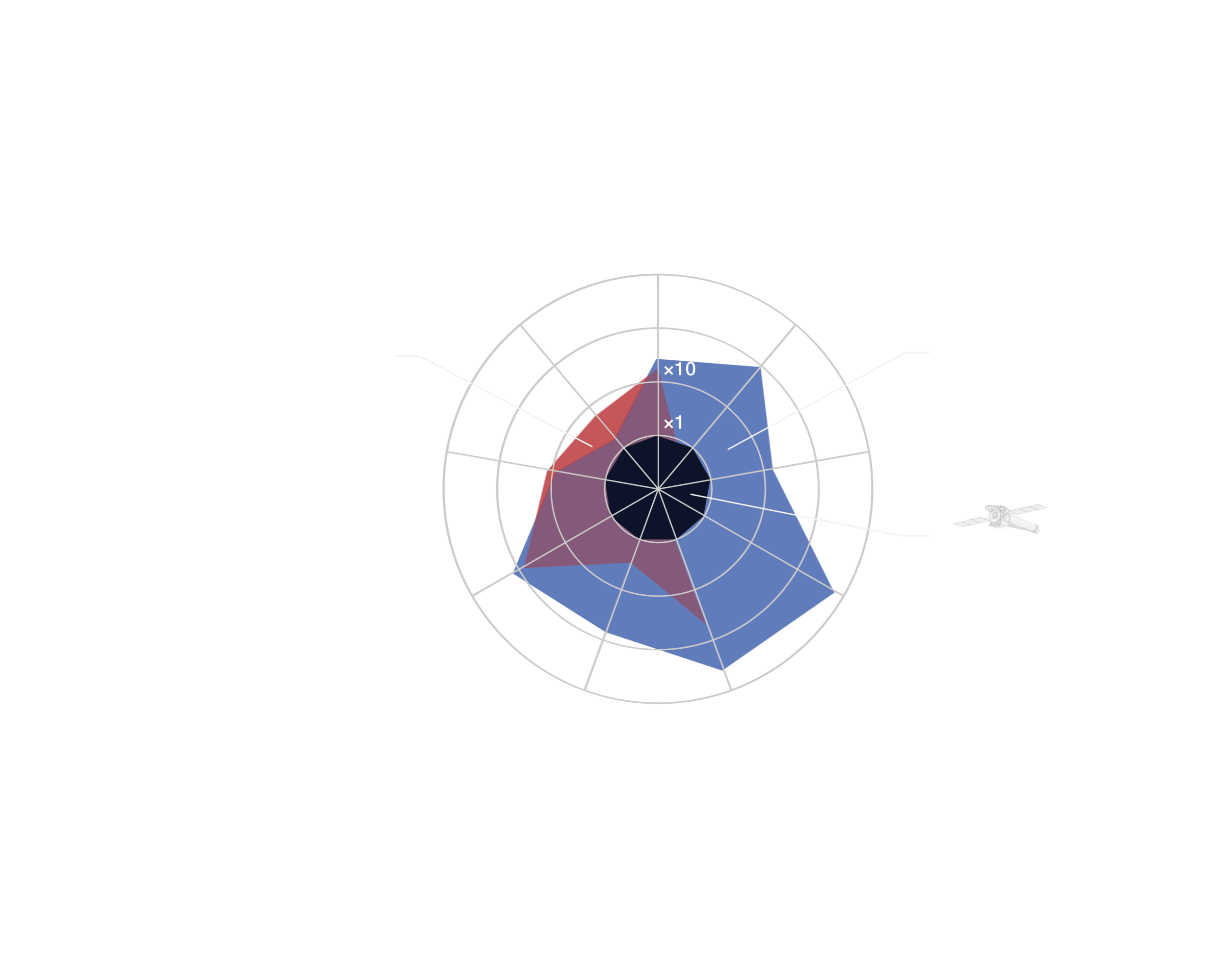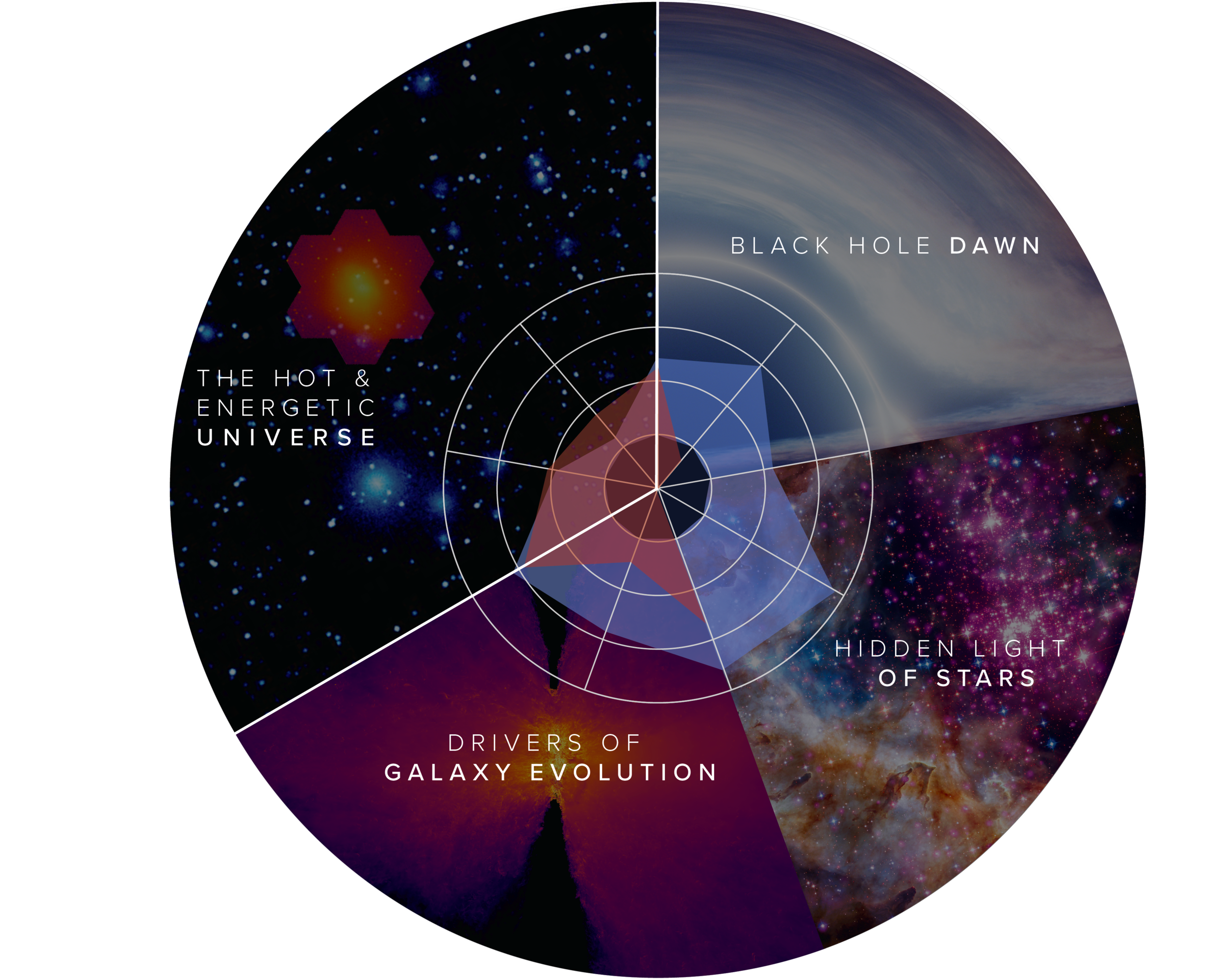the Scientific Landscape of the 2030s
When the Hubble Space Telescope launched in 1990, we didn't know for sure that exoplanets existed. A quarter-century later, the scientific landscape has been entirely transformed in ways none could have predicted. The same will be true for the 2030s.
The New A-Team
Lynx is the natural observatory to complement and enhance the science breakthroughs that JWST, WFIRST. and 20–40m class ground-based optical telescopes will enable. This will proceed in both directions: Lynx is designed to benefit to the maximum extent from the deep fields that will be surveyed in the optical and IR bands and, at the same time, enable insights into black hole, galaxy formation, and Galactic science that is only possible by probing those fields in X-rays, revealing otherwise invisible physical processes.
Lynx is so powerful it will detect the first generation of supermassive black holes out to redshift 10, at the beginning of the so-called Epoch of Reionization. JWST will be able to penetrate similarly far into the distant past. It will see light from the first galaxies. Lynx will see the first black holes that form within them.
Lynx will look far.
And near.
Lynx will peer deep into the distant Universe, and collect light from the first black holes.
Its greatest power, though, will be the breadth of the scientific landscape this facility will explore.
From the most distant galaxies to the shining poles of Jupiter, Lynx will explore the vast reach of our boundless Universe, and build upon the tradition set by NASA's Great Observatories.
Athena, the forthcoming X-ray mission from our friends at ESA, will launch in the early 2030s. It will enable extraordinary science. That science was an aspiration of X-ray astronomers since late 1990's, and was highly ranked by the US Decadal Surveys in 2000 and 2010. Lynx will take our dreams into 2030s. It is designed with capabilities matching the science scope of the major future space and ground-based facilities such as JWST, WFIRST, SKA, and 20–40m class optical telescopes. Lynx will be able to work with them side-by-side to address the most challenging and difficult science questions, while greatly expanding the discovery space.
The main difference between Lynx and Athena is a factor of 10 better angular resolution. This allows Lynx to see much fainter and resolve the structures in astronomical objects to a drastically greater detail.
Lynx will have a collecting area similar to Athena's, but over two orders of magnitude greater sensitivity because it will not be limited by source confusion, even in deepest exposures. An ability to detect and remove background sources below Athena's confusion limit also means greater sensitivity to low surface brightness extended objects, by an order of magnitude.
For bright objects, too, the power is in the collecting area and spatial resolution combined in one package. The images below illustrate the evolution of the X-ray view of Crab Nebula from Einstein to Chandra. Lynx vs. Athena will be a similar jump in spatial resolution, while Lynx vs. Chandra will be a simIlar jump in collecting area.
40 years ago | The pulsar looming in the heart of M1, the Crab Nebula. The Einstein Observatory (HEAO-2) took this image in 1979 with 5 arcsecond spatial resolution.
Today | Chandra's view of the Crab Pulsar, with ten times better spatial resolution. Lynx will achieve even higher resolution, and maintain it over a 16-fold improvement in the image area.
In addition to drastically greater imaging capabilities, Lynx provides a substantial boost over Athena in spectroscopic power in the crucial soft X-ray band. For ionized Oxygen lines, the gain in resolving power for an extended source is a factor of 10 when using the LXM ultra-high resolution subarray, and it is a factor of 25 for point source using Lynx gratings. That's a lot more physics to expose.
A simulated Lynx and Athena spectroscopic observation of TW Hydra
Lynx combines collecting area, spatial resolution, and spectroscopic capabilities in one package to become an observatory with enough power to tackle the astrophysical problems of the 2030's. Take any of these components away, and the power is gone.

















